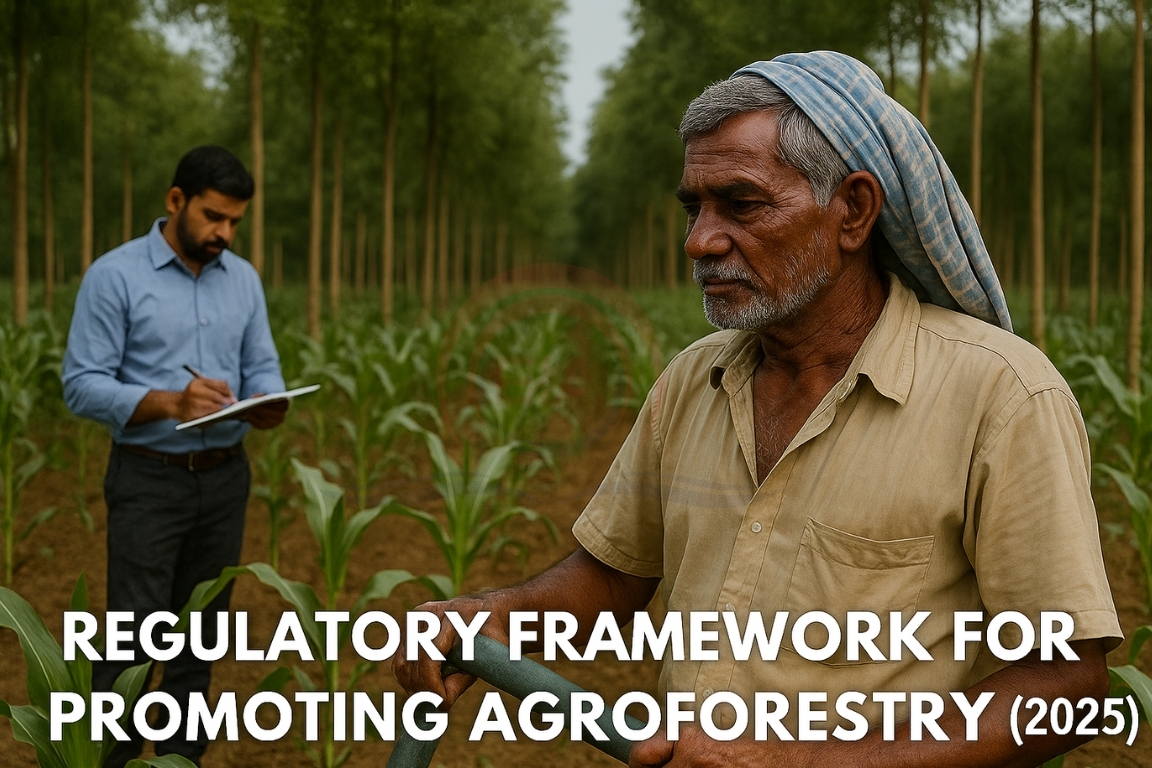The Supreme Court has recently emphasized treating such conflicts as natural disasters, highlighting the need for coordinated action and stronger policies.
Supreme Court Judgment
- The Supreme Court directed States to consider declaring human-wildlife conflict as a natural disaster, enabling quick relief measures.
- States were instructed to provide compensation up to ₹10 lakh for death due to wildlife attacks.
- It emphasized smooth coordination under the Integrated Development of Wildlife Habitats Scheme (CSS-IDWH).
- The Court stressed the need for better planning, cooperation, and accountability among departments like forest, disaster management, and local administration.
- Orders to notify buffer zones and core areas of tiger reserves within six months for better wildlife protection.

Significance of Declaring Conflict as Natural Disaster
- Faster Relief and Compensation – Victims can get timely financial support from disaster management funds.
- Stronger Legal Framework – Helps bring uniform guidelines across all States.
- Improved Coordination – Encourages better planning between forest, disaster management, agriculture, and local bodies.
Causes of Human-Wildlife Conflict
- Habitat Loss due to deforestation, urbanization, and agricultural expansion.
- Encroachment into forest areas and illegal land use.
- Fragmentation of wildlife corridors forcing animals into human settlements.
- Climate change and scarcity of resources pushing animals toward villages and farms.
Impacts of Human-Wildlife Conflict
- Human casualties and injuries
- Crop loss, livestock killing, and economic damage
- Negative attitude towards conservation
- Loss of wildlife due to retaliatory killings
Government Initiatives
- Integrated Development of Wildlife Habitats (IDWH) – Promotes habitat conservation and relocation of villages from core forest areas.
- Project Tiger and Project Elephant – Focuses on protection, habitat improvement, and corridor development.
- Wildlife Protection Act, 1972 – Provides a legal framework for protection and conservation of wildlife.
Challenges in Addressing Human-Wildlife Conflict
- Lack of coordination among departments such as forest, agriculture, disaster management, and local administration, leading to fragmented responses.
- Delay in compensation disbursement, creating dissatisfaction among affected families and reducing trust in government mechanisms.
- Limited awareness and sensitization among local communities, resulting in unsafe practices and negative attitudes toward wildlife conservation.
- Weak implementation of rehabilitation and resettlement policies, leading to continued human encroachment and wildlife intrusion.
Way Forward
- Strengthen Habitat Connectivity – Design wildlife corridors, reduce fragmentation, and prevent encroachment.
- Community-Based Conservation – Involve local villagers in monitoring and protecting wildlife, provide training and jobs under eco-tourism.
- Technology-based Solutions – Use drones, early warning systems, GPS tracking, and solar fencing to alert villages of animal movement.
Reasons for Human-Wildlife Conflict
- Shrinking forests and increasing human settlements.
- Scarcity of food and water in forests.
- Unplanned development blocking animal movement paths.
Government Initiatives
- Project Tiger and Project Elephant for corridor and habitat protection.
- Compensation schemes under Disaster Management and Forest Departments.
- Integrated Development of Wildlife Habitats (IDWH) for mitigation and relocation.
Conclusion
Human-wildlife conflict demands urgent policy action and public cooperation. Sustainable development and ecological balance must go hand-in-hand for long-term harmony between humans and wildlife.
This topic is available in detail on our main website.





